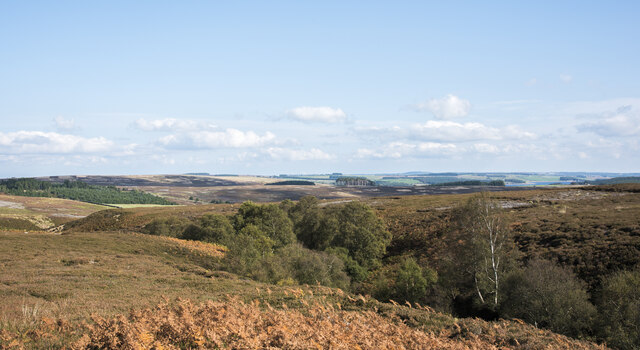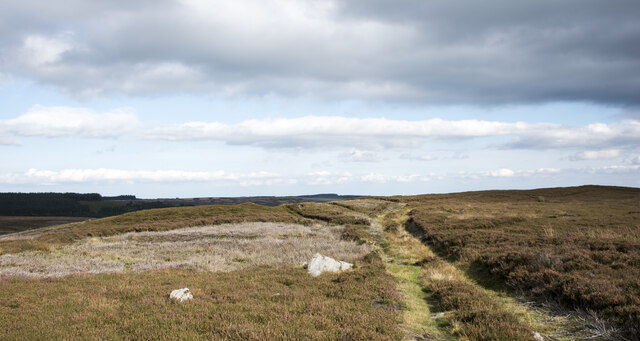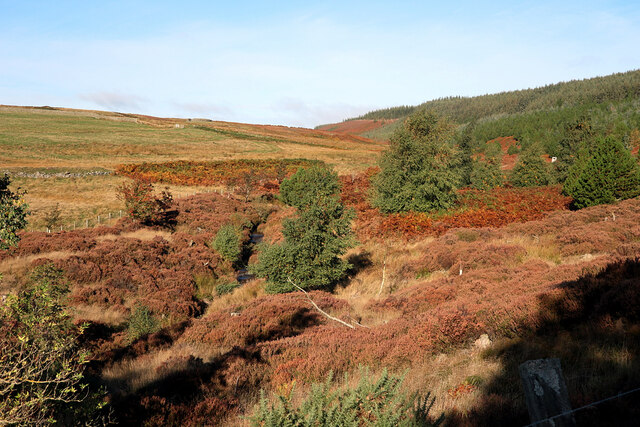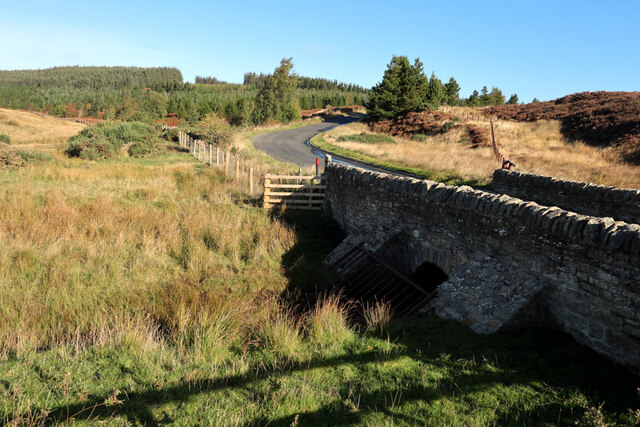Acton Cleugh
Valley in Northumberland
England
Acton Cleugh
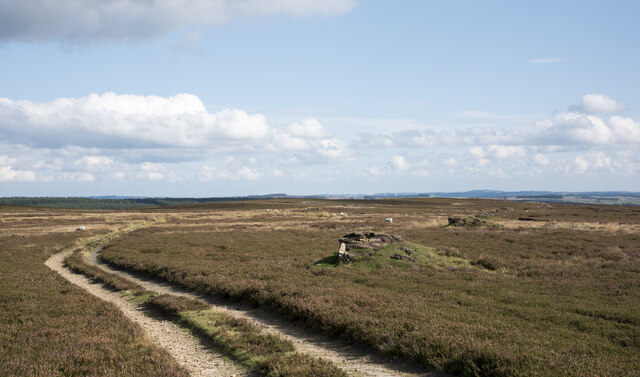
Acton Cleugh, Northumberland (Valley) is a small and picturesque village located in the county of Northumberland, England. Situated in the scenic Northumberland National Park, Acton Cleugh is known for its stunning natural beauty and tranquil atmosphere.
Surrounded by rolling hills and lush green meadows, the village offers breathtaking views of the Northumberland countryside. The area is abundant in wildlife, making it a popular destination for nature lovers and birdwatchers. Visitors can often spot various species of birds, including owls, falcons, and buzzards, soaring through the skies.
Acton Cleugh is also rich in history and heritage. The village is home to several historic landmarks, such as the medieval Acton Cleugh Tower. This tower stands as a reminder of the area's past and provides visitors with a glimpse into the region's fascinating history.
The village itself is small and has a close-knit community. It boasts a traditional village pub, where locals and visitors alike can enjoy a pint of local ale and indulge in hearty pub meals. The friendly and welcoming atmosphere of the pub makes it a popular gathering spot for residents and tourists to socialize and unwind.
Acton Cleugh offers a range of outdoor activities for those looking to explore the surrounding countryside. Popular activities include hiking, cycling, and horse riding along the numerous scenic trails that crisscross the area. The village also serves as a gateway to the wider Northumberland National Park, providing access to even more opportunities for outdoor adventures.
Overall, Acton Cleugh, Northumberland (Valley) is a charming village that offers a peaceful escape into nature and a chance to immerse oneself in the rich history and heritage of the region.
If you have any feedback on the listing, please let us know in the comments section below.
Acton Cleugh Images
Images are sourced within 2km of 54.88127/-2.0441404 or Grid Reference NY9754. Thanks to Geograph Open Source API. All images are credited.
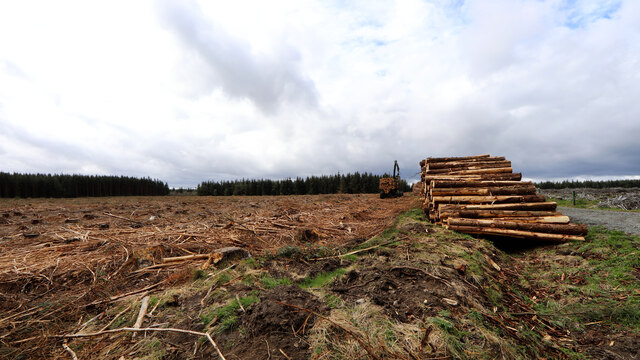
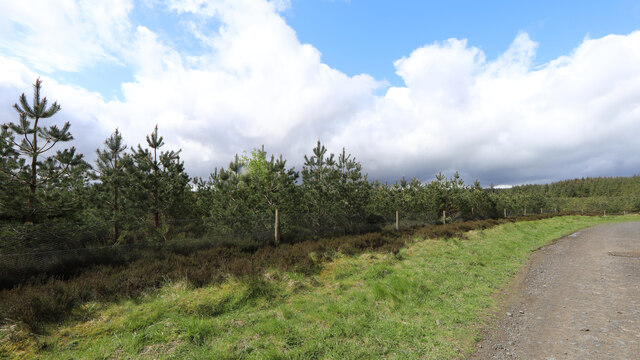
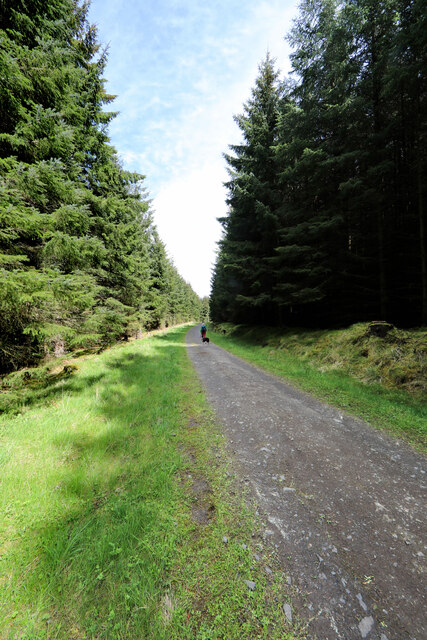
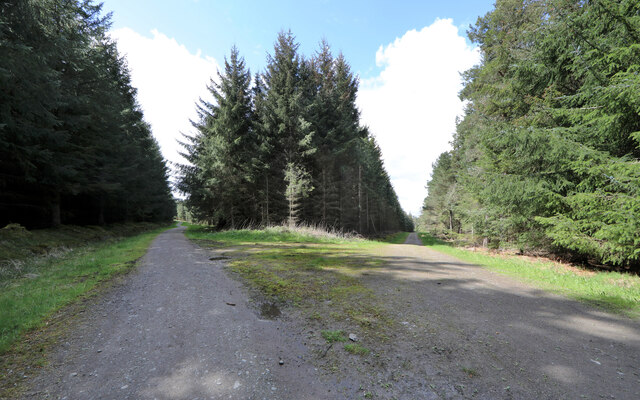
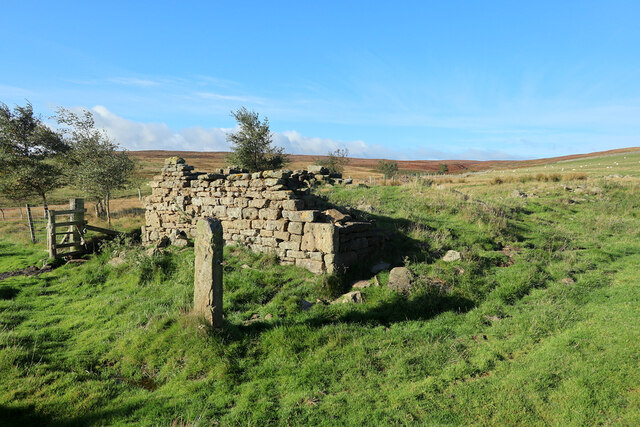
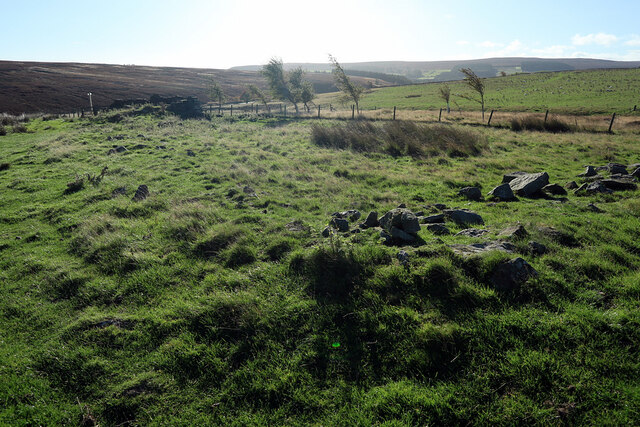
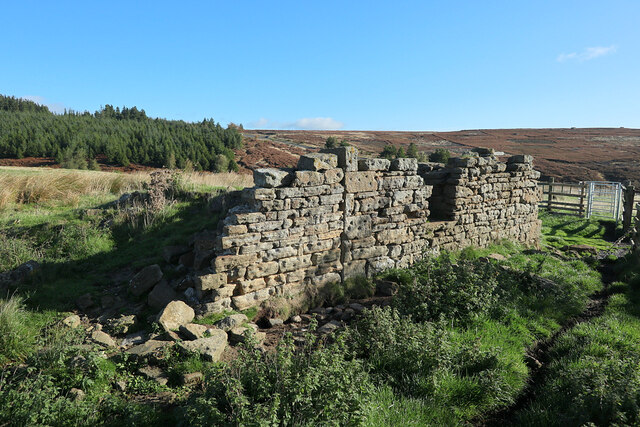
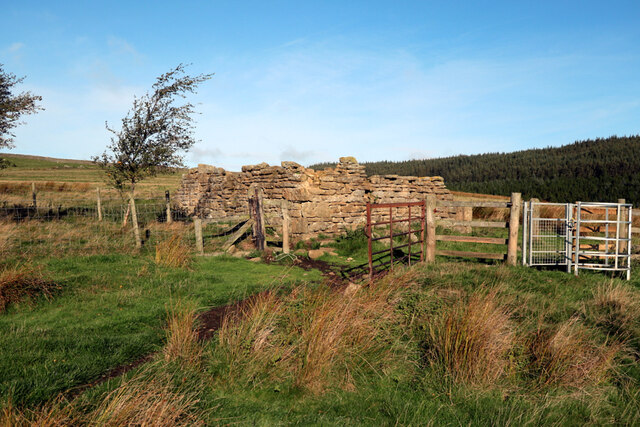
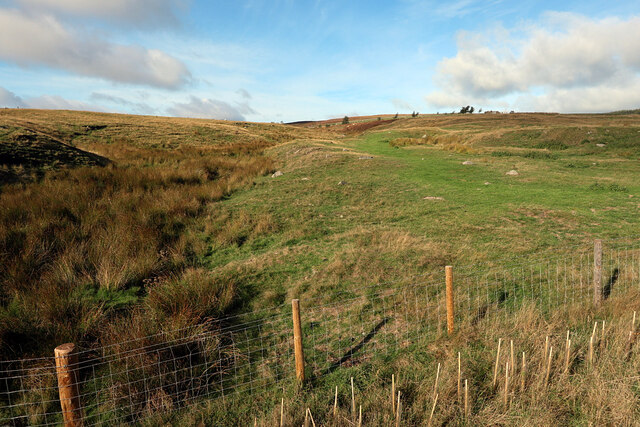
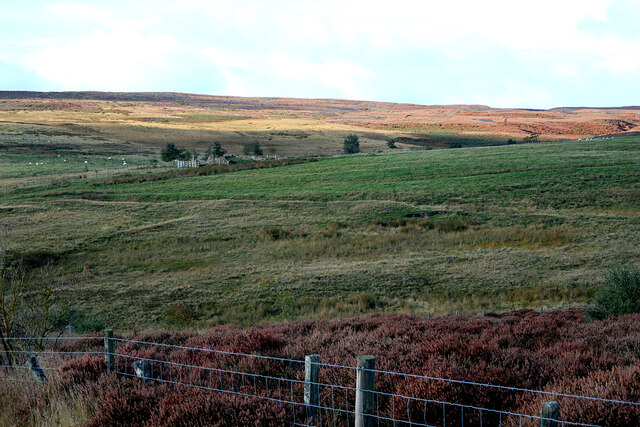


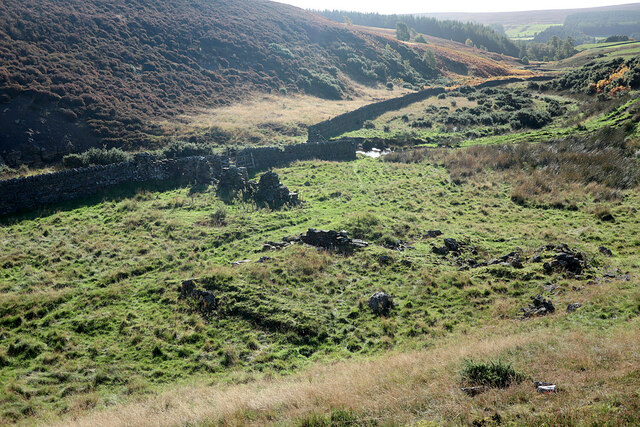
Acton Cleugh is located at Grid Ref: NY9754 (Lat: 54.88127, Lng: -2.0441404)
Unitary Authority: Northumberland
Police Authority: Northumbria
What 3 Words
///roaming.weary.drifters. Near Slaley, Northumberland
Nearby Locations
Related Wikis
Colpitts Grange
Colpitts Grange is a hamlet in Northumberland, England. It is about 7 miles (11 km) to the south-east of Hexham. == Governance == Colpitts Grange is in...
Slaley Hall
Slaley Hall is a country house golf resort in Northumberland in North East England, built by local developers Seamus O'Carroll and John Rourke which hosted...
Blanchland Abbey
Blanchland Abbey at Blanchland, in the English county of Northumberland, was founded as a premonstratensian priory in 1165 by Walter de Bolbec II, and...
Slaley, Northumberland
Slaley is a village in Northumberland, England. It is situated to the southeast of Hexham. It is surrounded by the following villages: Ruffside, Whitley...
Blanchland
Blanchland is a village in Northumberland, England, on the County Durham boundary. The population of the civil parish at the 2011 census was 135.Set beside...
Baybridge, Northumberland
Baybridge is a small village in Northumberland, England, just to the west of Blanchland and on the border with County Durham. It is situated to the west...
Derwent Reservoir (North East England)
The Derwent Reservoir is a reservoir on the River Derwent, on the border between County Durham and Northumberland, in England. It is west of Consett. It...
Pow Hill Bog
Pow Hill Bog is a Site of Special Scientific Interest in the Wear Valley district of County Durham, England. It lies alongside Derwent Reservoir, approximately...
Have you been to Acton Cleugh?
Leave your review of Acton Cleugh below (or comments, questions and feedback).
